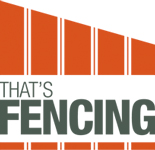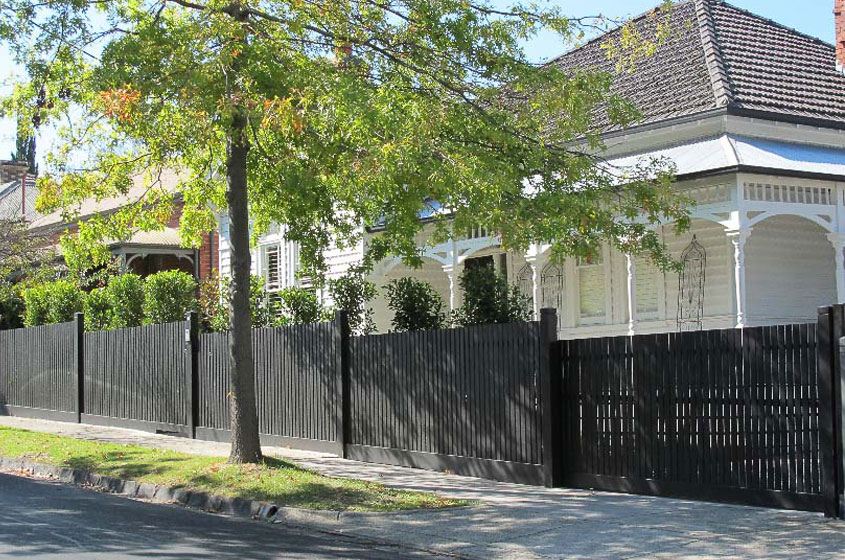Choosing The Right Timber for Your Fencing: A Comprehensive Guide
When choosing timber for your home fencing in Melbourne, it’s crucial to consider the local climate and weather conditions, as these factors have a direct effect on the material’s longevity and lifespan.
You should also assess the intended purpose of the fence, whether it’s for privacy, security, or enhancing the look of your property, to ensure that the selected timber fits your particular requirements.
Also, take into account the upkeep needs, aesthetic preferences, and financial limitations to make a well-informed choice that strikes a balance between functionality and your individual style.
1. Climate and Weather Conditions
Selecting the right wood for your fence will vary depending on your local climate. Cedar, a softwood, is ideal for damp climates as it is resistant to rot. It has natural oils that repel water, preventing moisture from causing fungal damage.
Treated pine, another softwood, is more suitable for dry areas. It has been treated with chemicals to deter pests and improve its strength in arid environments. By choosing wood that suits your climate, you can prolong the life of your fence and lower maintenance needs.
2. Purpose of the Fence
The purpose of a fence influences timber choice. For privacy or security, choose dense, strong wood. For decoration, select attractive, lightweight wood.
This ensures both function and design match.
3. Maintenance Requirements
When selecting wood for fences, it is important to consider maintenance. Treated pine, a type of softwood, requires less upkeep. It is resistant to decay and pests.
On the other hand, cedar, a type of hardwood, requires more attention to maintain its appearance and strength. Your lifestyle and willingness to carry out maintenance are important factors in your decision.
Opt for treated pine to minimise the amount of work needed. While cedar is aesthetically pleasing, it requires more effort to keep it in good condition.
4. Aesthetic Preferences
Choosing the correct wood for your home fence can enhance its appearance. Redwood and cedar, which are types of softwood, bring warm colours that are perfect for creating a cosy and inviting atmosphere.
Treated pine, another type of softwood, provides a uniform appearance that is well-suited to modern styles. For more traditional homes, woods with distinct grains and natural hues are more suitable.
In modern homes, woods with fine grains and light colours are advantageous. This selection can improve both the functionality and aesthetic appeal of your fence.
5. Budget Constraints
Choosing timber for home fences requires financial planning. Cost-effective options like pressure-treated softwoods provide durability.
Luxury choices, such as merbau, improve aesthetics but come with a higher price tag.
A well-rounded approach involves using merbau for the parts that are visible and pressure-treated softwoods for areas that are less noticeable.
This method keeps the visual appeal and longevity intact while handling costs effectively.
What Are Popular Timber Options for Home Fencing?
For home barriers, popular woods include treated pine, cedar, merbau, and cypress. Treated pine, an affordable softwood, resists decay and pests due to chemical treatment. It offers versatility in design.
Cedar, valued for its appearance, naturally repels insects and withstands decay.
Merbau, a hardwood, resists termites and endures harsh climates, offering an upscale appearance.
Cypress, known for its toughness, requires minimal maintenance, thanks to its resistance to rot and insects.
Timber Fencing Installation and Maintenance Tips
Ensuring your fence’s durability and appearance requires specific care. For timber fencing installation processes, key practices include ensuring proper drainage for fence supports and selecting suitable connectors to prevent lumber splits.
Different types of wood require specific connectors, a detail that manufacturers highlight for best results.
Maintenance involves cleaning, staining, and sealing to protect the wood from the elements and pests. Hardwood varieties like Teak need to be cleaned and oiled annually. In contrast, softwood types like Pine should be stained and sealed every two years to prevent rot and pest damage.
The frequency and methods of maintenance will depend on your environment and the type of wood used. It is important to follow the manufacturer’s care recommendations to ensure that the treatments applied are suitable for the wood, thus avoiding any potential damage.


